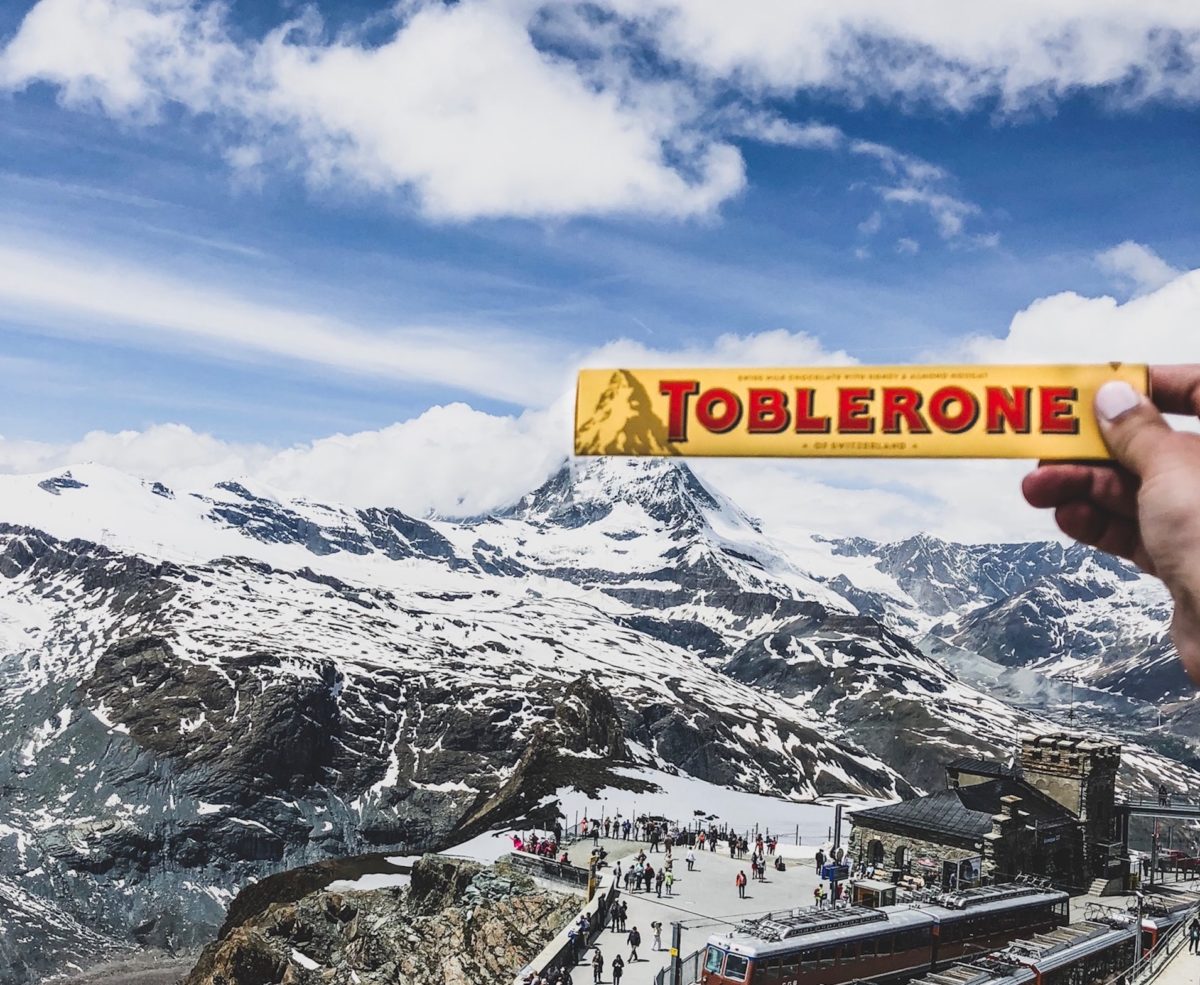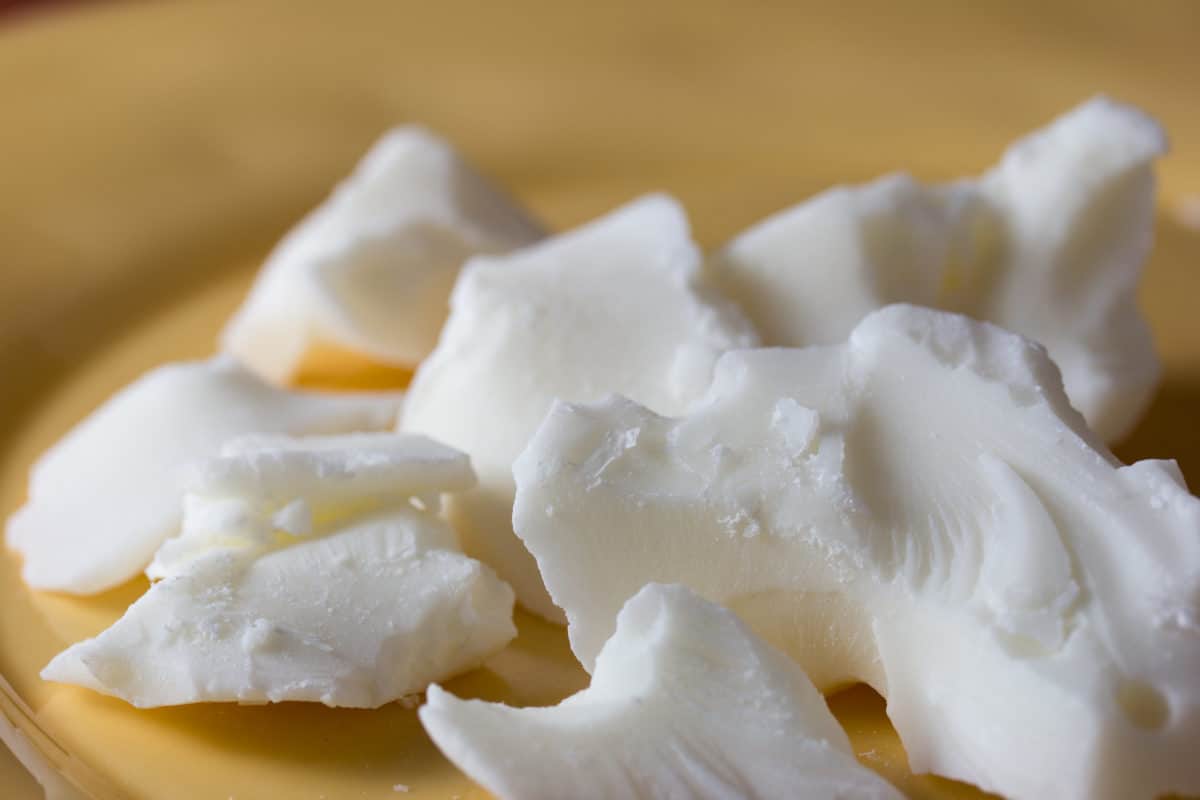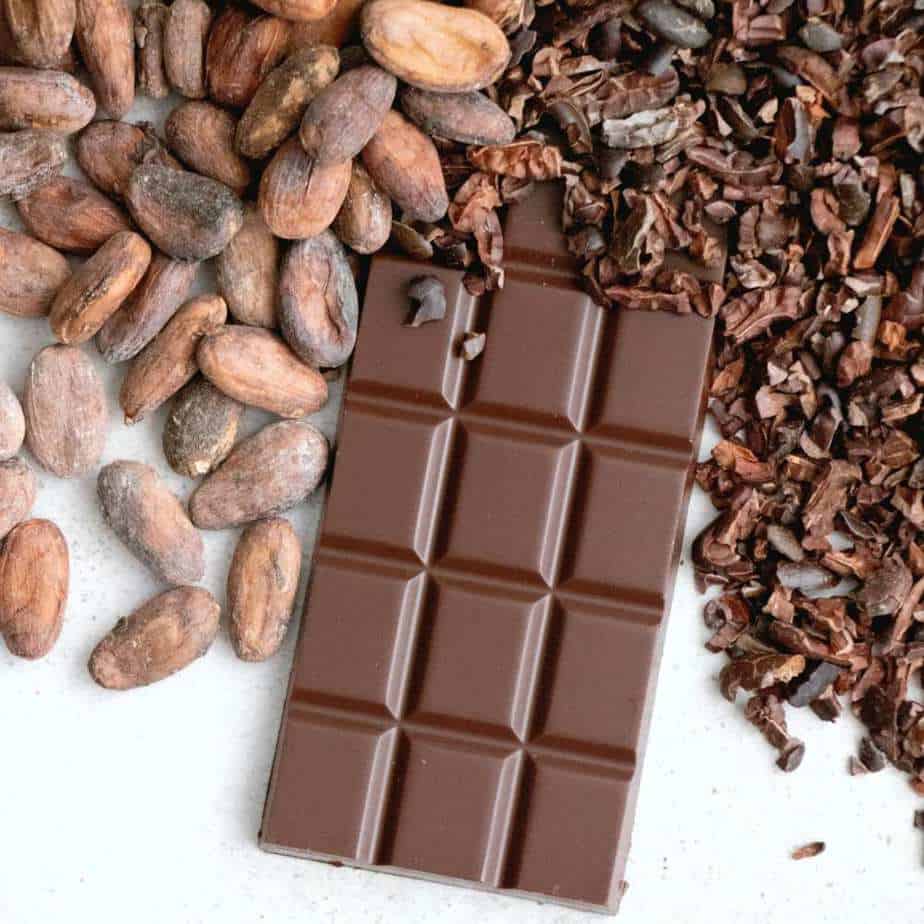Swiss chocolate is considered the best chocolate in the world. It is best known for its delicate melting and milky creaminess. And the Swiss also seem convinced of their chocolate. They regularly compete head-to-head with Germany when it comes to annual chocolate consumption . But just as the French once had to learn that good wine does not only come from France , the Swiss should also take another look at their favorite sweet. This much can already be revealed: It's worth taking a look beyond the country's borders!
Who invented Swiss chocolate?
While the common misconception has spread that chocolate was invented by the Swiss, the truth - as is often the case - is much more complex. Because of course chocolate is not a Western invention. The first cocoa beans grew as early as 5000 years BC. BC in the Amazon region and were consumed by Mayans and Aztecs for several thousand years until they only found their way to Europe in Columbus' time. The consumption of cocoa beans gradually spread to European countries and became a real hit in England as early as 1600. It is therefore not surprising that the first chocolate in bar form was also developed in Bristol by Fry & Sons in 1847. At this point it consisted of cocoa powder, sugar and cocoa butter and its texture was anything but creamy. And this is exactly where Rodolphe Lindt came into play with his groundbreaking invention.

What is special about chocolate from Switzerland?
In 1879, Rodolphe Lindt invented the conche – supposedly by accident. He was looking for a way to reduce the particle size so that the texture would hardly be noticeable on the tongue. With the conche, Lindt managed to reduce the size to under 30 microns and made Swiss chocolate known worldwide as melt-in-the-mouth and silky-smooth. At the same time, Lindt continued to develop the conche, so that today it not only refines the texture, but can also remove unwanted flavors from the chocolate by adding oxygen.
[ You can find out how chocolate is made and exactly how conching works here ]
But not only that! A few years earlier - in 1867 - the chemist and entrepreneur Henri Nestlé, faced with a massive Swiss milk surplus, had addressed the question of how milk could be preserved. In the course of this, he found a way to dry the milk and thus invented milk powder. While chocolate and cocoa powder had been mixed with milk for several hundred years, it was now possible for the first time to mix the chocolate mass with milk powder. The famous, creamy and melt-in-the-mouth Swiss milk chocolate was invented. But as popularity grew, so did the quantities produced and marketing budgets, while quality standards decreased.

So how good is Swiss chocolate really?
As is often the case, the answer here is: it depends. Because, like in every other country, good and not so good chocolate is made in Switzerland. While Taucherli, Garcoa... and last but not least Original Beans produce fine chocolate in Switzerland, there is a lot of industrially produced chocolate with a Swiss label. So instead of explicitly looking for chocolate from Switzerland, you might want to avoid it. Or next time, take a closer look at what information you can find on the packaging that indicates good quality.
Really good chocolate doesn't come from Switzerland
Now it is out ;-) ! And while we obviously don't want to badmouth the really fine, fair and sustainably producing bean-to-bar manufacturers at this point, we want to take the opportunity to draw your attention to even 'better' chocolate. Namely the chocolate that is more than fair. Chocolate that is produced directly in the country of origin, meaning that as much of the sales as possible goes back to the source and creates qualified jobs locally. For this very reason, we at Theyo have set ourselves the goal of selling as many original providers as possible. A small selection of our favorite manufacturers:
Cacaosuyo
Latitude
Marou
MIA
Kuna
Menakao
 Latitude Chocolate from Uganda, ©Latitude
Latitude Chocolate from Uganda, ©Latitude
You can find out exactly what production means and what advantages it brings in our interview with MIA Chocolate founder Brett Beach .
Do you want to find out more about really good chocolate? Then take a look around atour chocolate tastings or have a delicious team tasting with us!
FAQ about Swiss chocolate
What is the best chocolate in the world?
This question is of course very subjective. If you are looking for fine, sustainably and fairly produced chocolate, the listof our favorite bean-to-bar manufacturers worldwide may be helpful :-)
Is Swiss chocolate the best in the world?
However, as we made clear in our article, Swiss chocolate should not necessarily be equated with quality - at least if high-quality chocolate means that it was made from fine cocoa from fair and sustainable growing conditions and was produced according to the bean-to-bar principle.
What is the most famous chocolate in Switzerland?
If famous is to be equated with known, the most famous chocolates are certainly those of the largest chocolate brands in the world. The best-known chocolate manufacturers worldwide include Lindt, Hershey's and Ferrero. But that doesn't mean that they make the best chocolate. On the contrary, it is usually the big brands that produce chocolate in an industrial style that pay the least attention to sustainability in cocoa cultivation and pay the least attention to the special characteristics of the respective beans.
Why do people say that Switzerland has the best chocolate?
This is certainly linked to two Swiss personalities who, with their ingenuity, took chocolate production to a whole new level: Rodolphe Lindt and Henri Nestlé. You can find more information in the article above!
What does it mean when a chocolate is original Swiss chocolate?
'Swiss chocolate' is a protected term and means that the chocolate was made in Switzerland.
Which Swiss chocolate brands are there?
Some of the best-known Swiss chocolate brands are certainly Lindt, Toblerone and Ovaltine. However, these brands have little in common with fine chocolate that was produced in accordance with the bean-to-bar principle. Swiss chocolate brands that we can wholeheartedly recommend to you include Choba Choba , Idilio Origins , Taucherli and Sadechoc .



